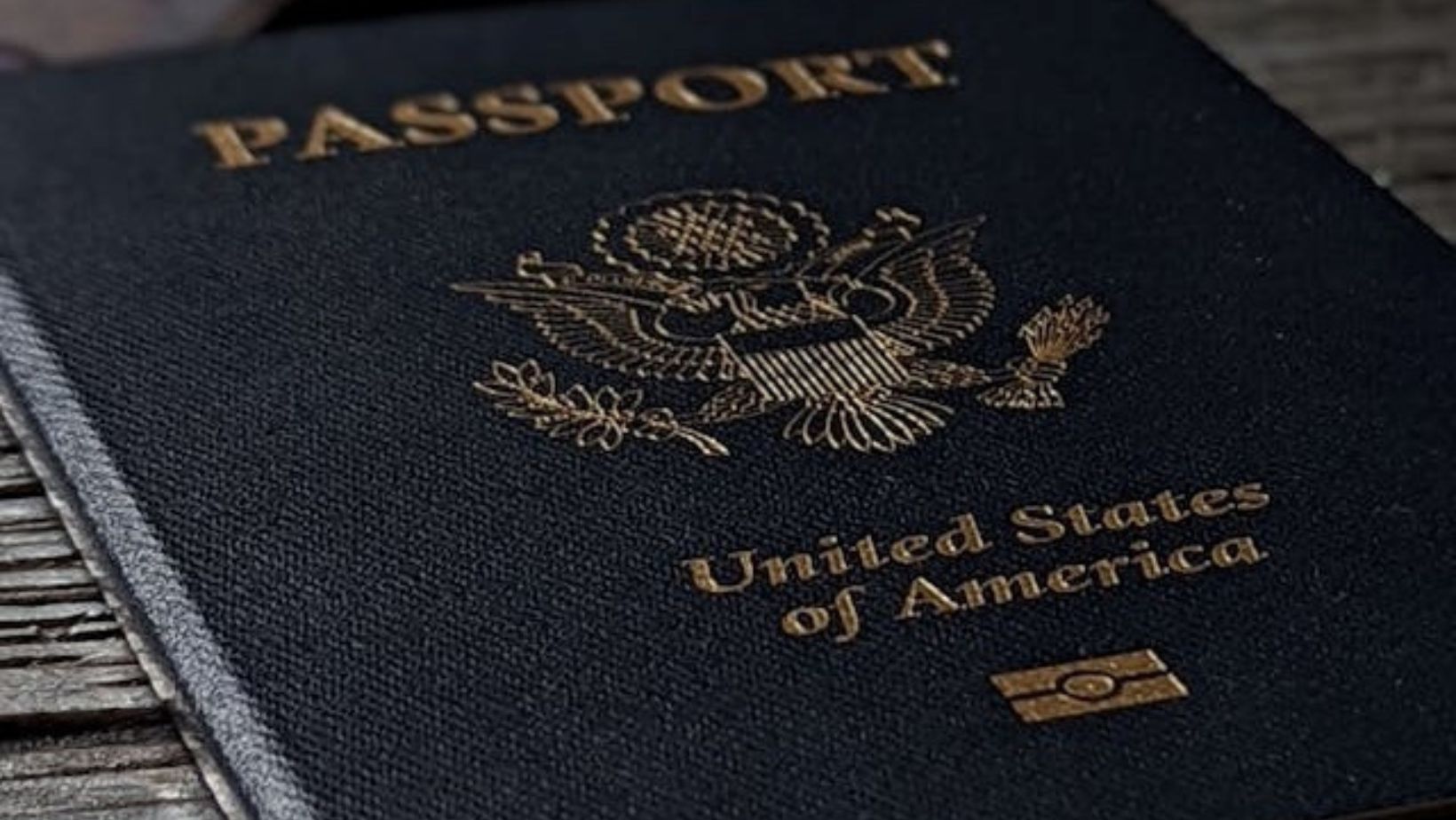When you plan to transition into your new home in Canada, numerous elements demand your attention. It includes everything from listing your current home to setting up the new one. This guide will outline the crucial steps you need to take to transform your house into a welcoming space that feels like home right from the start. Whether you’re moving across town or the country, a smooth transition can set the tone for your experience in your new environment.
Table of Contents
TogglePrepare to List Your Current Home
Before you move, you need to sell your current residence. Market analysis is the first step. Homes priced correctly from the beginning tend to sell faster and closer to the asking price. Check recent sales of similar homes in your area to set a competitive price. Next, stage your home to attract buyers. A clean, uncluttered space with neutral decor helps potential buyers picture themselves living there. Also, market your home effectively by using online listings and open houses to draw in a broader audience.
Navigate the Purchasing Process in Canada
You also need to focus on finding your perfect home. Canada’s real estate market varies greatly by region. For instance, Vancouver and Toronto feature high prices of around CAD 1.6 million due to high demand, whereas Calgary offers more affordable options priced at CAD 579,000 on average.

Prepare your finances by securing a mortgage pre-approval. This step shows sellers you are a serious buyer, which can be crucial in a competitive market. Select homes that meet your needs regarding location, size, and community. Remember, a home isn’t just a place. It’s a haven for all ages and lifestyles.
Legal and Administrative Tasks You Need To Do
Once you find your home and accept your offer, it’s time to handle the legal and administrative tasks. This step involves hiring a lawyer specializing in cross-border real estate transactions to manage the purchase documents and ensure the legal transfer of the property. For those moving from the USA to Canada, it’s crucial to understand specific regulations, such as the Non-Resident Speculation Tax (NRST) in Ontario, which applies to foreign buyers. Additionally, your lawyer will guide you through obtaining a Tax Number, which is necessary for property purchases by non-residents. They’ll also check for local compliances or zoning issues affecting your ownership.
Think About The Moving Logistics on Time
The value of partnering with a reputable moving company cannot be overstated when moving, especially cross-border. Choosing a local Canadian company ensures your relocation is handled with expert care and deep knowledge of local and international moving regulations. Based in Toronto, miraclemovers.com has over two decades of experience with a network across Canada, including Montreal, Vancouver, and Calgary. They excel in handling moves, both big and small. Their commitment to transparency is evident as they provide upfront, accurate quotes without hidden fees, ensuring a stress-free move. Their team brings invaluable expertise and a dedication to excellence.
Essential Documents for U.S. Residents Moving to Canada
When U.S. residents move to Canada, organizing the necessary paperwork is crucial for a smooth transition. Here’s a list of essential documents you’ll need:
- Passport: Valid for traveling and identification purposes.
- Visa or Work Permit: Depending on the purpose and duration of your stay.
- Social Security Number and Canadian Social Insurance Number: For employment and accessing services.
- Birth Certificate: To verify your identity.
- Driver’s License and International Driving Permit: This is for driving legally in Canada.
- Medical Records: Particularly if you have ongoing health issues.
- Proof of Financial Support: To demonstrate your ability to support yourself in Canada.
- Marriage Certificate: If applicable, for spousal sponsorship or proof of relationship.
Packing and Organizing for the Move
As you transition into your new home in Canada, organizing and packing are crucial. Begin by decluttering – this is something that movers can’t do for you. Remove items you no longer need to lighten your load and reduce moving costs. When you start packing, use a systematic approach:

- Living Room: Pack books, decorations, and electronics separately.
- Kitchen: Wrap dishes in bubble wrap and box them carefully; label the box as fragile.
- Bedrooms: Use wardrobe boxes for clothes to transfer them to closets in your new home easily.
Label each box with its contents and the room to which it belongs. This method ensures you can find everything quickly upon arrival. Pack an essentials box that includes items you’ll need immediately, such as toiletries, medications, and a change of clothes. For a more seamless experience, consider utilizing professional moving services by Suddath, who can help manage the heavy lifting and logistics, ensuring a smoother transition.
The Day When You Transition into Your New Home in Canada
Then, it’s the big day. Ensure you have a final checklist. It should include tasks like a final walk-through of your old home and verification that you have all necessary documents, such as your new house keys and contracts. Keep your essential box handy. It should be the last box loaded and the first one unloaded. A smooth, moving day is a good start to your new chapter.
Settling into Your New Home
Upon arrival, focus on unpacking critical areas, such as the kitchen and bedrooms. This setup lets you cook and rest in your home from day one.

Then, attend to the living areas and storage spaces. As you arrange your furniture and unpack, consider home decor and child safety to create stylish and secure spaces for all family members.
Explore The New Area
Explore your new neighborhood as soon as you find time. Locate essential services like hospitals, pharmacies, and supermarkets. Meet your neighbors and join local community groups to integrate swiftly into your new surroundings.
This engagement helps you feel at home and provides support as you adjust to a new location.
Enjoy Your New Canadian Home
A careful and thoughtful approach to each phase of your move ensures an enjoyable transition into your new home in Canada. Each step you take builds the foundation for a happy, productive life in your new environment. Remember, the effort you invest in planning and executing your move translates directly into the comfort and enjoyment you derive from your new home, even before making any home improvements. Enjoy the process, and welcome to your new beginning in Canada!





